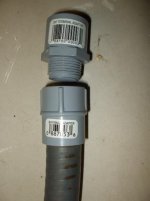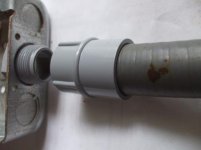Good start!
Hi 383!
You've got a good start there, and I wouldn't be too worried about anything more than functionality on the first VFDification. The biggest challenge for most is actually getting it in a box, and hung on the side of the machine, wired up to controls, and then the guts to flip the switch and pray there's no flash-bang-smoke. After that, getting the parameter adjustments just-right. After using it a little, the position convenience will become apparent based on your machine's location, the type of work you're doing with it, and of course, your operating technique.
I can understand why you mounted the speed/direction/Estop where you did... it's very common to see machines with controls to the upper right... these controls are typically DROs (like yours) or a CNC control panel. For CNC machines, they have connection to the spindle direction/speed control, but the operator's usually not working handles, so it makes sense there. I'm sure that if you don't like it, you'll move it.
Like you, I mounted my VFD cabinet on the right side of the machine, and for two reasons- first being that there's a tooling locker on the left side of my BP's column... so the cabinet won't fit on the right, and the back of the machine isn't easily accessible for power switch operation, but the right side is easy to reach... and has a good mounting place.
As far as the wires, yeah, it can be difficult to wrestle those into submission. You've got quite a bit of moving real-estate there... that requires lots of wire, and big flexible tubing over it will not necessarily improve it's range-of-motion, aesthetics, or safety. I'm sure that, once in operating position, you'll have it tied off in positions that keep them out of harm's way. If you have to leave them free for motion on that LONG table, one thing you can do, is get some braided stainless shielding off of industrial signal wiring, and slip it over your wires... it fends off hot chips nicely... just hafta find a guy that works on stuff like that... or truck and railroad scales...
 . Thanks to all here on the forum that helped me out and the guys at Wolf Automation this was a very pleasant experience and I couldn't be happier with the out come.
. Thanks to all here on the forum that helped me out and the guys at Wolf Automation this was a very pleasant experience and I couldn't be happier with the out come.
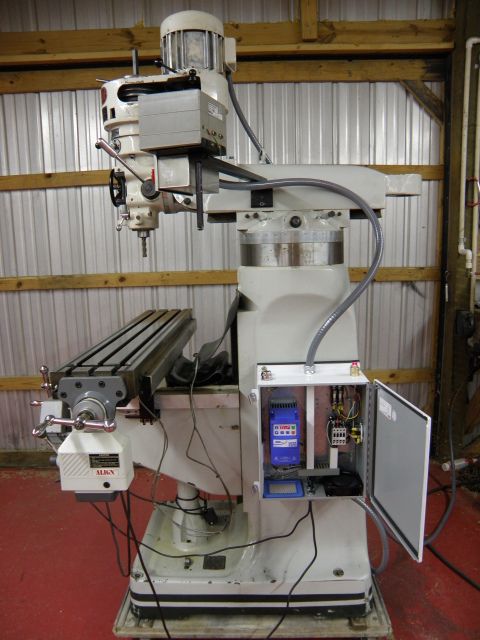
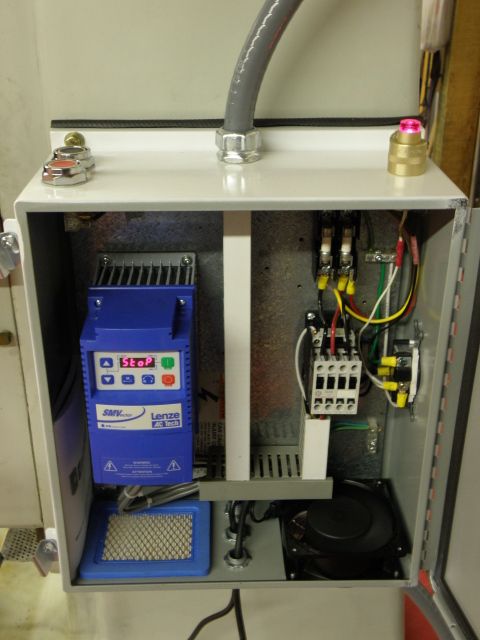
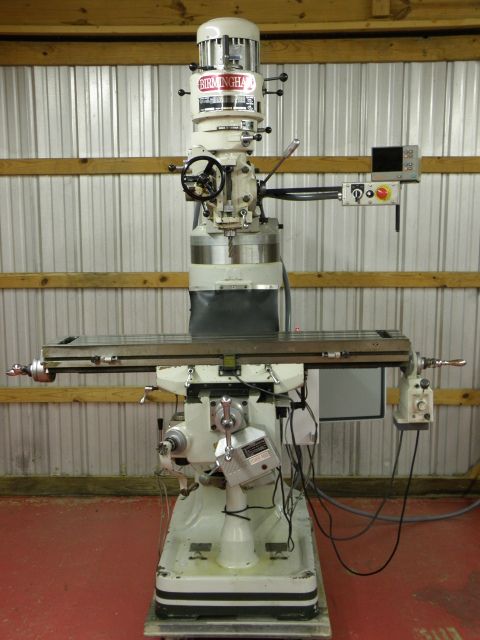
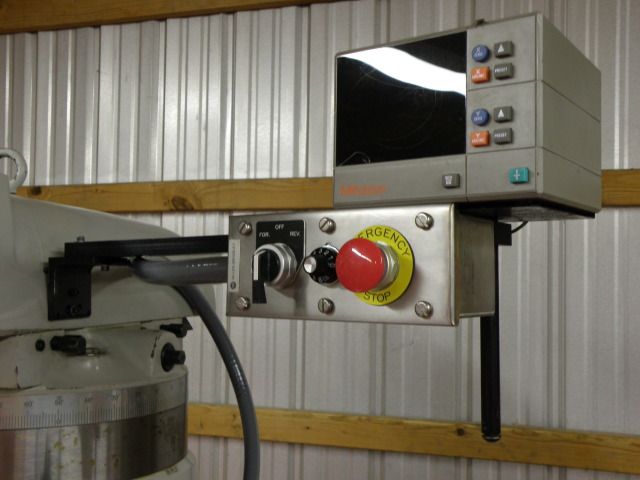
 . Thanks to all here on the forum that helped me out and the guys at Wolf Automation this was a very pleasant experience and I couldn't be happier with the out come.
. Thanks to all here on the forum that helped me out and the guys at Wolf Automation this was a very pleasant experience and I couldn't be happier with the out come.







